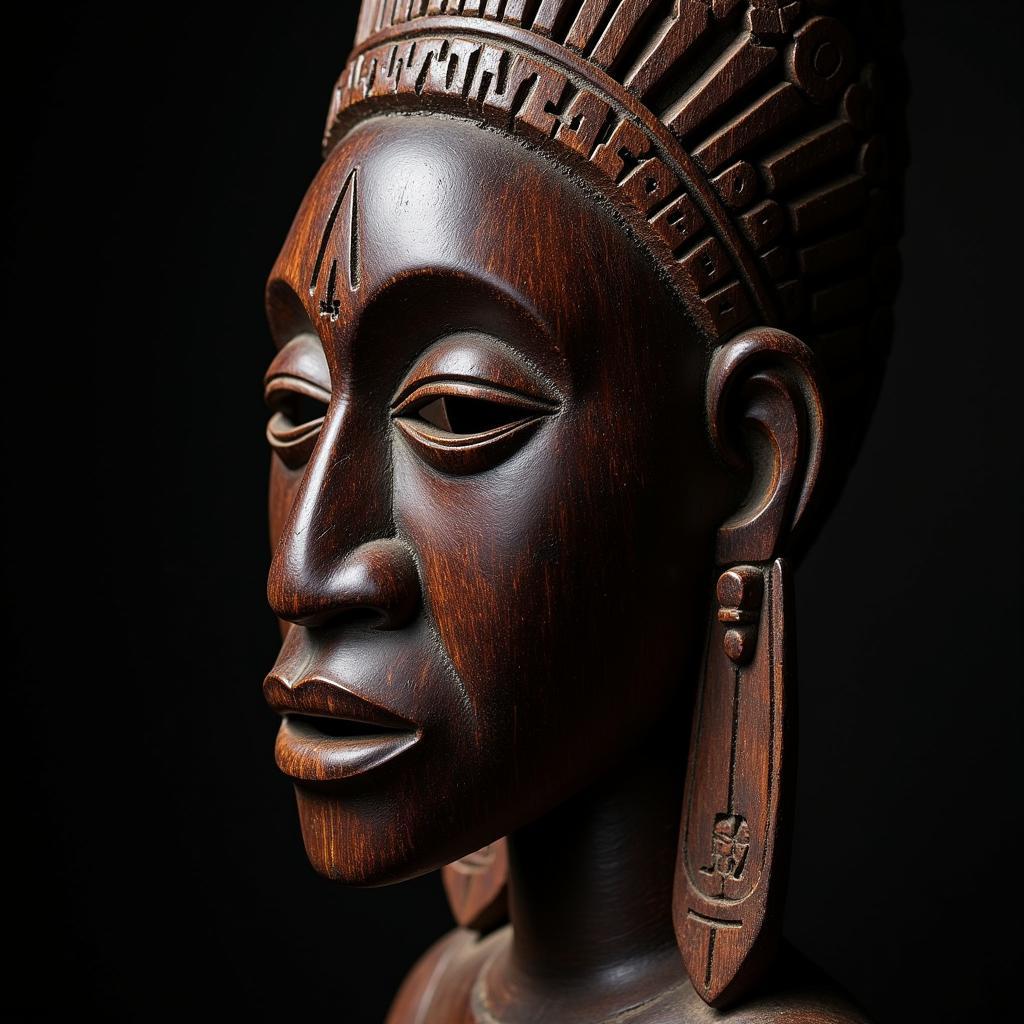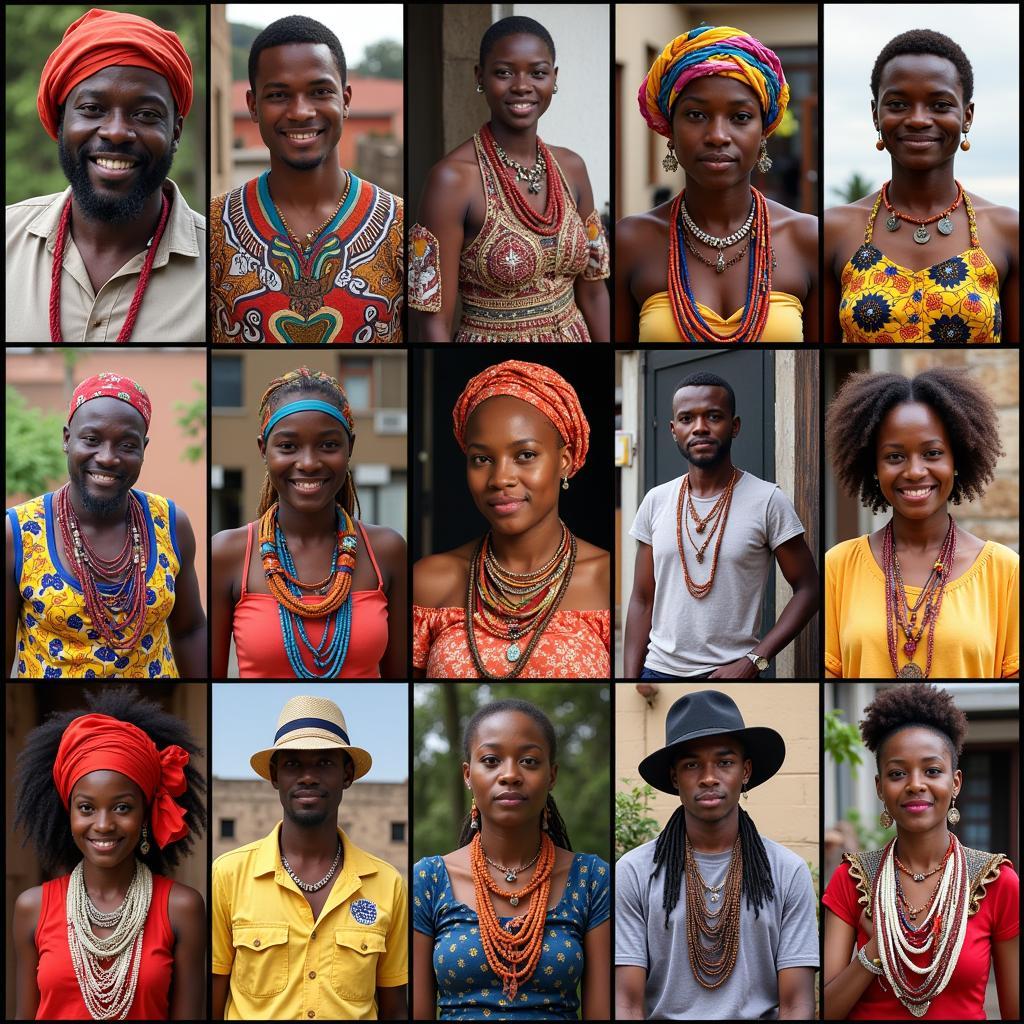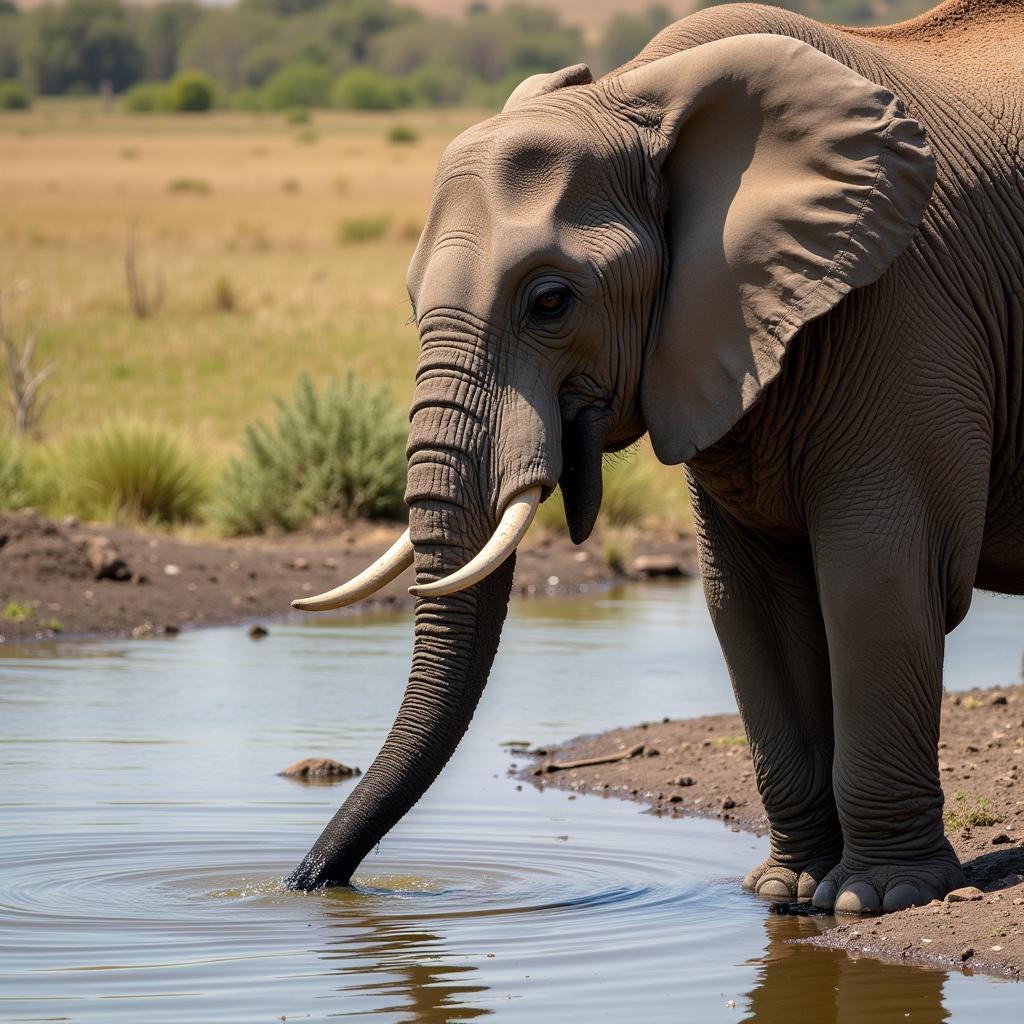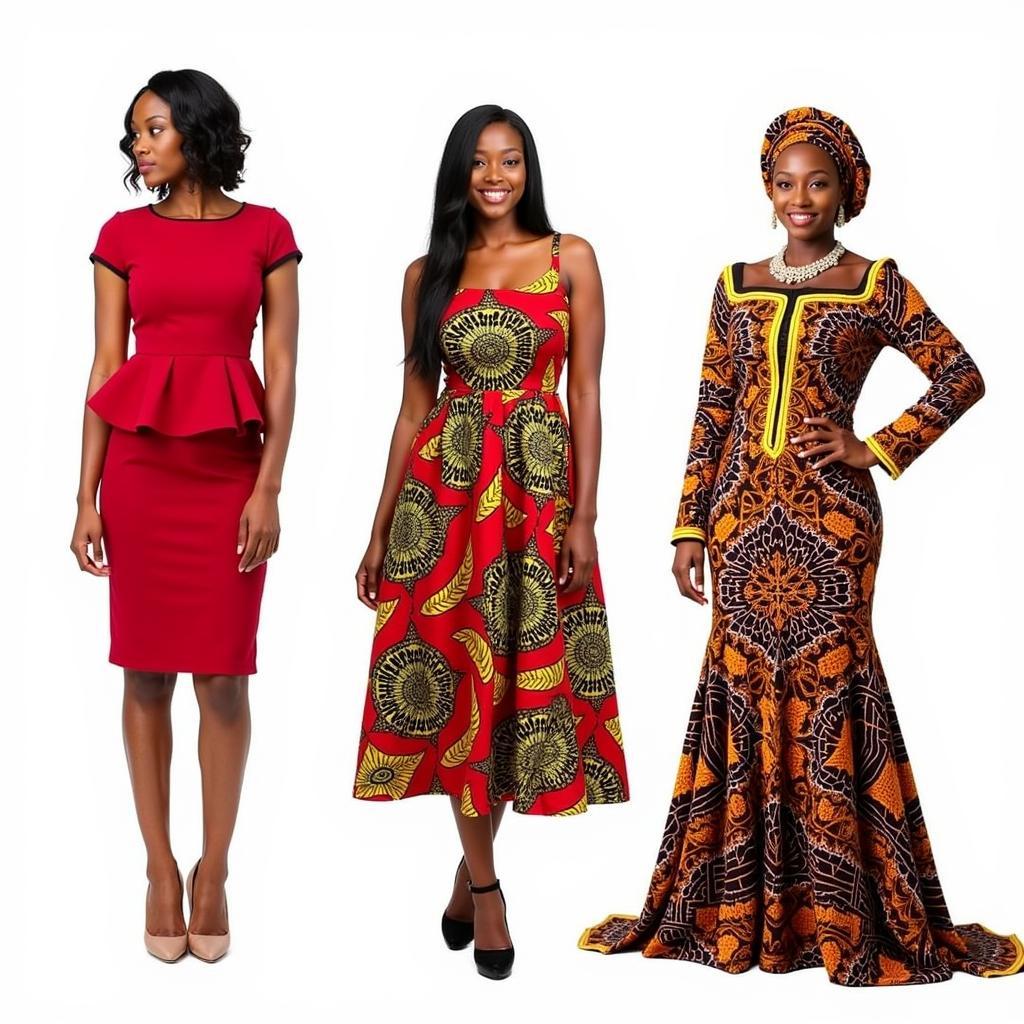A Journey Through African Folk Art History
African Folk Art History is a vibrant tapestry woven from diverse cultures, traditions, and artistic expressions. It reflects the continent’s rich history, spiritual beliefs, and social structures, offering a unique window into the soul of Africa. From ancient rock paintings to contemporary sculptures, this art form tells stories, preserves memories, and embodies the spirit of a people. Just after the rise of influential art forms, African folk art held its ground. See more about the rich history of African inspired leagues at african american justice league.
Unmasking the Ancient Roots of African Folk Art
African folk art’s origins can be traced back millennia, to the earliest forms of human expression on the continent. Prehistoric rock art, found in numerous locations across Africa, provides glimpses into the lives and beliefs of ancient communities. These paintings and engravings depict animals, humans, and abstract symbols, offering valuable insights into their worldviews and rituals.
What are the earliest examples of African folk art? Prehistoric rock art, dating back thousands of years, is considered one of the earliest forms.
The development of distinct artistic styles emerged with the rise of various African civilizations. Ancient Egypt, with its iconic pyramids, hieroglyphics, and intricate sculptures, stands as a testament to the continent’s artistic prowess. Further south, the Nok culture of present-day Nigeria produced terracotta figures renowned for their expressive features and elaborate hairstyles.
The Influence of Materials and Environment on African Folk Art History
The diverse landscapes and natural resources of Africa have profoundly influenced the development of its folk art. Different regions have developed unique artistic traditions based on the availability of materials. Woodcarving is prevalent in forested areas, while pottery and ceramics flourish in regions with clay deposits. Textiles, weaving, and basketry are common in areas where plant fibers are readily available.
How did the environment shape African folk art? The availability of materials heavily influenced the type of art produced. For instance, woodcarving thrived in forested areas, while pottery was prominent in regions with clay deposits.
 African Mask Wood Carving Tribal Art: A Detailed Representation
African Mask Wood Carving Tribal Art: A Detailed Representation
The African environment also influenced the themes and motifs found in folk art. Animals, both real and mythical, often feature prominently, reflecting the close relationship between humans and nature. Ancestor veneration and spiritual beliefs are also recurring themes, expressed through masks, sculptures, and ritual objects.
African Folk Art in the Modern Era
African folk art continues to evolve in the modern era, adapting to changing social, political, and economic contexts. While traditional forms and techniques are still practiced and valued, contemporary artists are also exploring new mediums and incorporating modern influences into their work.
What is the role of African folk art today? It continues to play a vital role in cultural expression, preserving traditions while also embracing contemporary influences.
The impact of globalization and the art market has created new opportunities and challenges for African folk artists. Increased exposure to international audiences has led to greater recognition and appreciation for their work. However, it has also raised concerns about cultural appropriation and the exploitation of artists.
 Contemporary African Sculpture: A Fusion of Tradition and Modernity
Contemporary African Sculpture: A Fusion of Tradition and Modernity
Preserving and Celebrating African Folk Art History
The preservation and promotion of African folk art are crucial for safeguarding the continent’s cultural heritage. Museums, galleries, and cultural centers play an important role in showcasing these artistic treasures to wider audiences. Supporting local artists and communities is essential for ensuring the continuity of these traditions. You can check out more on African music through this site: african instrumental youtube. For a deeper understanding of neighboring countries in Africa and their boundaries you can find that information here: african countries do not border in written in c.
African folk art history is a testament to the creativity, resilience, and cultural richness of the African people. From ancient rock paintings to contemporary sculptures, this art form continues to inspire, educate, and connect us to the soul of Africa. It provides a unique lens through which to understand the continent’s past, present, and future. There are more intriguing stories and information available about Africa, you can delve into them at 2-3 minutes short story with moral www.african. For a glimpse into the daily lives and cultural expressions of African communities, you might find this resource insightful: african homemade aunties videos.
Conclusion
African folk art history offers a captivating journey through the continent’s diverse cultures and artistic expressions. Its preservation is essential for celebrating Africa’s rich heritage and ensuring its continuity for future generations.
FAQ
-
What are the main characteristics of African folk art?
-
What materials are commonly used in African folk art?
-
How has colonialism impacted African folk art?
-
Where can I see examples of African folk art?
-
How can I support African folk artists?
-
What is the significance of masks in African culture?
-
How does African folk art reflect spiritual beliefs?
For support, please contact us at +255768904061, email kaka.mag@gmail.com, or visit us in Mbarali DC Mawindi, Kangaga, Tanzania. Our customer service team is available 24/7.



